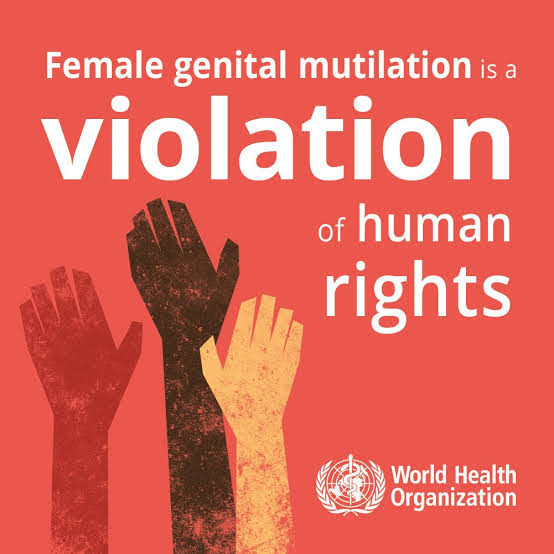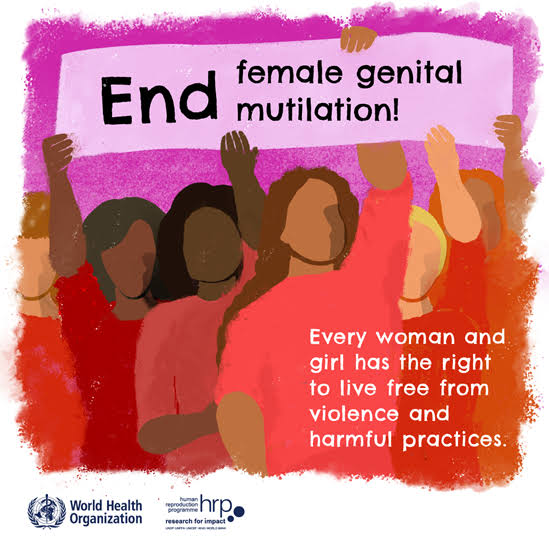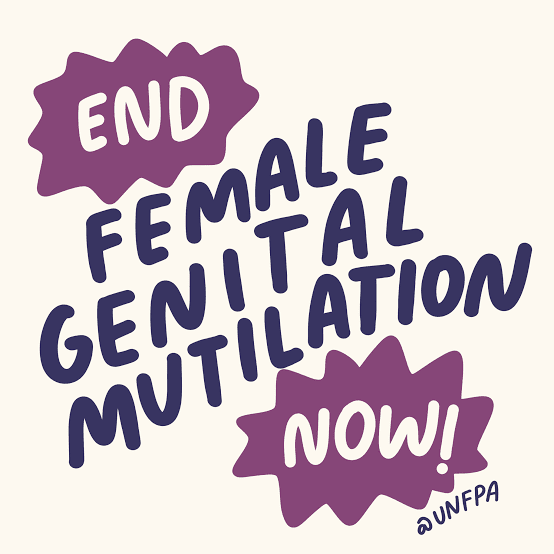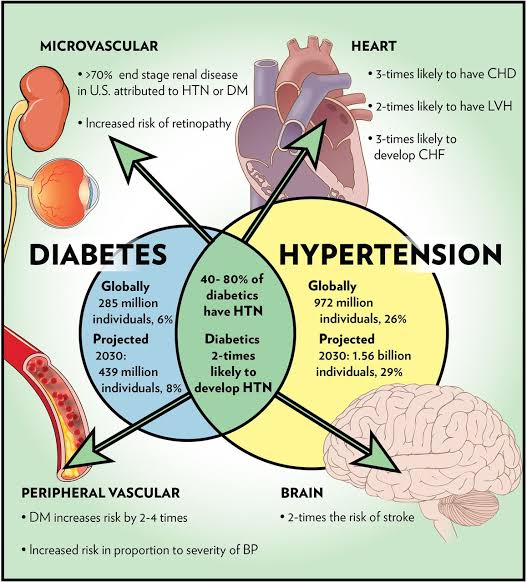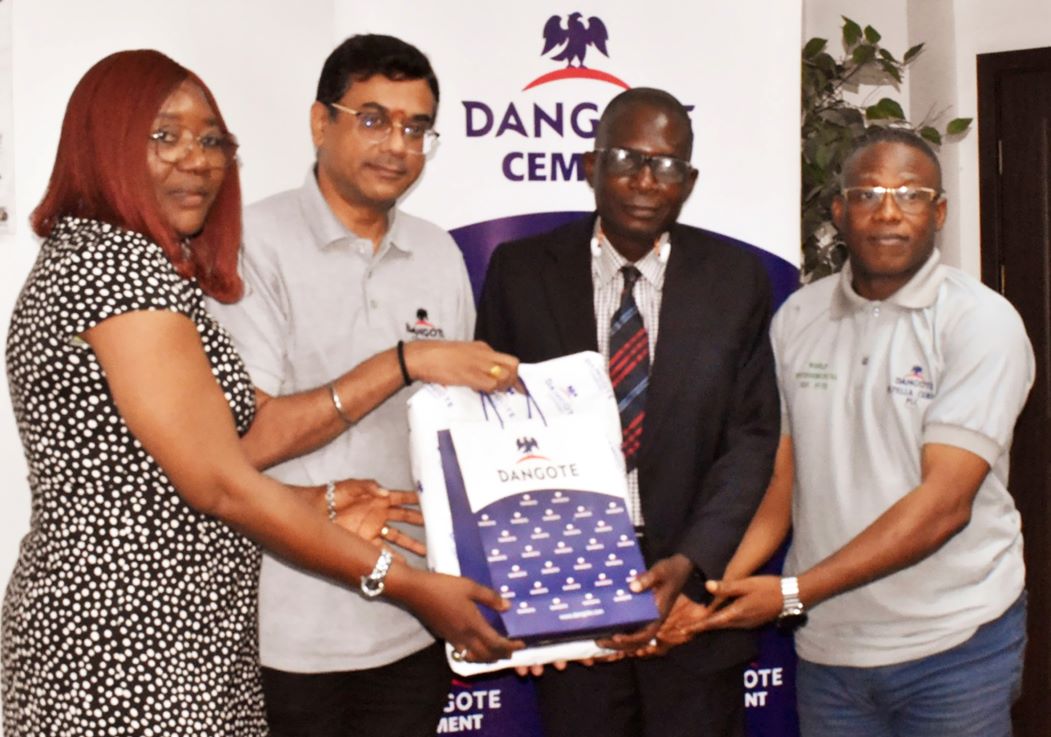Female Genital Mutilation, the partial or total removal of external female genitalia for non-medical reasons, is deeply rooted in cultural beliefs across Nigeria’s 36 states, particularly in the South-West and South-East, where prevalence reaches 35% in states like Osun and Ebonyi. Nationally, 27% of women aged 15-49 have undergone FGM, per the 2018 Nigeria Demographic and Health Survey, with practices ranging from clitoridectomy to infibulation. Despite a 2015 ban under the Violence Against Persons Prohibition Act, enforcement is weak, and cultural norms perpetuate the practice.
Poverty and tradition drive FGM in Nigeria. Families believe it ensures “purity” and marriage ability, often tying it to bride prices that ease economic burdens. In rural communities, where education is scarce, girls as young as five face the knife, often wielded by untrained cutters, leading to infections, chronic pain, and childbirth complications.
The health toll is staggering. WHO links FGM to increased risks of maternal mortality and psychological trauma, costing Nigeria’s health system millions annually. Socially, it traps girls in cycles of illiteracy and early marriage, with 43% of cut girls married before 18.
Nigeria’s fight against FGM is gaining ground. The UNFPA-UNICEF Joint Programme has reached thousands in states like Ekiti, engaging traditional rulers to abandon the practice. In Osun, community declarations led by activists like Funmi Falana have reduced rates by 10% since 2020. Yet, challenges persist: weak enforcement, medicalization, and cultural resistance hinder progress.
A Silent Crisis Demanding a Global Voice
In the bustling village of Loita, Kenya, a quiet revolution is unfolding. For generations, Maasai girls faced the knife of female genital mutilation (FGM), a ritual believed to prepare them for womanhood and marriage. But today, young girls like 15-year-old Naserian are celebrating a new rite of passage—one that preserves cultural pride without the pain of cutting. Through the Loita Rite of Passage, supported by organizations like Amref Health Africa, girls participate in ceremonies that honor tradition while embracing education and empowerment, free from the scars of FGM. Naserian, now a vocal advocate in her community, told The Guardian in 2024, “I want to be a teacher, not a wife at 12. This new way gives us hope.”
Naserian’s story is a beacon of progress in the global fight to end FGM, a practice that has scarred the lives of over 230 million girls and women worldwide, according to the World Health Organization (WHO) in 2025. Defined as the partial or total removal of external female genitalia or other injuries for non-medical reasons, FGM is a human rights violation rooted in cultural norms, patriarchal control, and economic desperation. Despite decades of advocacy, the practice persists across 31 countries, primarily in Africa, the Middle East, and Asia, with migration spreading it to Europe, North America, and beyond.
This investigation delves into the heart of the FGM crisis, exploring its forms, prevalence, causes, and devastating consequences. Through survivor stories, expert insights, and data-driven analysis, we’ll uncover the global movement to eradicate FGM, spotlighting successes, challenges, and the urgent path forward to meet the United Nations’ Sustainable Development Goal (SDG) of eliminating FGM by 2030. From grassroots campaigns to international policy, the fight against FGM is a testament to human courage and collective resolve, but time is running out to save millions of girls from a lifetime of harm.
Understanding FGM: Forms and Cultural Contexts
Female Genital Mutilation encompasses a range of procedures that intentionally alter or injure female genital organs for non-medical purposes. The WHO classifies FGM into four types, each with distinct practices and cultural significance:
Type 1 (Clitoridectomy): The partial or total removal of the clitoral glans and/or prepuce. Common in parts of Indonesia and the Middle East, this form is often seen as “less severe” but still causes significant harm.
Type 2 (Excision): Removal of the clitoral glans and labia minora, with or without the labia majora. Prevalent in West African countries like Mali and Guinea, it affects millions.
Type 3 (Infibulation): The most invasive, involving narrowing the vaginal opening by cutting and stitching the labia, often seen in Somalia and Sudan, where it accounts for 90% of cases.
Type 4: Miscellaneous harmful procedures like pricking, piercing, or cauterizing, found in various regions as cultural adaptations.
Performed primarily on girls from infancy to age 15, FGM is often carried out by traditional cutters—elder women or midwives—using unsterilized tools in non-clinical settings. In recent years, “medicalization” has emerged, where health professionals perform FGM to reduce immediate risks, a trend affecting 52 million survivors (one in four cases). Despite the sterile setting, medicalized FGM remains a violation, condemned by WHO for perpetuating harm under a guise of safety.
The cultural contexts vary widely. In Somalia, infibulation is tied to notions of purity and marriageability, while in Indonesia, Type 1 is a symbolic rite. These differences demand tailored interventions, as one-size-fits-all approaches risk alienating communities or oversimplifying solutions.
The Scale of the Crisis: Prevalence and Trends in 2025
The global scope of FGM is staggering. UNICEF reports that over 230 million girls and women have undergone FGM, a 15% increase from 200 million in 2016, driven by population growth in high-prevalence regions. Africa accounts for 144 million cases, Asia 80 million, and the Middle East 6 million, with diaspora communities extending the practice globally. In the UK, 137,000 women live with FGM, and thousands of girls remain at risk annually. In the US, over 500,000 women and girls are affected or at risk, per the CDC.
High-prevalence countries include Guinea (96%), Somalia (92%), and Djibouti (90%), where progress has stalled over decades. In Asia, Indonesia’s rates remain high despite a 2010 ban, with underground practices persisting. Over 4 million girls are at risk annually, and without accelerated efforts, an additional 27 million could be cut by 2030.
Yet, there are glimmers of hope. The likelihood of a girl undergoing FGM has dropped by one-third over 30 years, thanks to advocacy and legal reforms. In Kenya, prevalence fell from 38% in 1998 to 15% in 2024, while Ethiopia saw a decline from 74% to 65%. These reductions reflect the impact of sustained campaigns, but population growth threatens to outpace progress, necessitating urgent action.
Root Causes: A Web of Tradition, Poverty, and Patriarchy
FGM’s persistence is a complex interplay of cultural, social, and economic factors, deeply rooted in patriarchal systems that prioritize control over female sexuality. Feminist scholars argue that FGM is a form of gender-based violence, designed to suppress women’s autonomy and reinforce male dominance. In many communities, it is seen as a prerequisite for marriage, ensuring “purity” and fidelity, and preventing social stigma. Misconceptions linking FGM to religious mandates—despite no basis in major faiths like Islam or Christianity—further entrench the practice.
Poverty is a critical driver. In regions where 40% live below the poverty line, families may see FGM as a step toward marriage, which alleviates economic burdens through bride prices. In rural Sub-Saharan Africa, where education access is limited, FGM often precedes early marriage, trapping girls in cycles of dependency.
Social norms theory explains why FGM persists: families conform to avoid ostracism, creating a self-reinforcing cycle. In Ethiopia’s Amhara region, for example, 80% of women from certain ethnic groups undergo FGM due to community pressure. Migration globalizes the issue, with diaspora communities in Europe and North America practicing “vacation cutting” to evade bans.
Medicalization poses a modern challenge, with health professionals performing FGM to reduce immediate risks, yet perpetuating harm. This trend, affecting 25% of cases, complicates advocacy by framing FGM as a medical procedure. Crises like conflicts and climate disasters exacerbate vulnerabilities, with families in war-torn Yemen or drought-stricken Somalia resorting to FGM as a “protective” measure. These causes demand nuanced, culturally sensitive interventions.
The Devastating Consequences: A Lifetime of Harm
FGM’s impacts are immediate and lifelong, affecting physical, psychological, and social well-being with no health benefits. Immediate risks include severe pain, hemorrhage, infections, and death. In rural settings, where unsterilized tools are common, sepsis and tetanus are prevalent. Long-term, survivors face chronic pain, keloid scars, urinary issues, and sexual dysfunction.
Obstetric complications are dire. Infibulated women endure prolonged labor, postpartum hemorrhage, and higher neonatal mortality, with WHO estimating 1-2 additional perinatal deaths per 100 deliveries. A 2023 survivor from Somalia, Amina, shared with Reuters, “Giving birth was torture. The scars made it unbearable, and I lost my first child.”
Mental health impacts are profound. A 2023 Lancet study found survivors face elevated risks of PTSD, depression, and anxiety due to trauma and social isolation. Socially, FGM limits education and economic opportunities, as girls are often married young post-procedure, reinforcing poverty. In Guinea, where 96% of women are cut, female literacy is just 30%.
Economically, FGM burdens health systems, costing $1.4 billion annually in 2025, projected to hit $2.3 billion by 2030 without eradication. Societally, it hinders development by reducing women’s contributions, perpetuating intergenerational trauma. These consequences underscore FGM’s role as a public health and human rights crisis.
The Global Fight: Movements and Milestones
The battle to end FGM has galvanized international organizations, governments, and grassroots activists. The UNFPA-UNICEF Joint Programme on the Elimination of FGM, launched in 2008, operates in 18 high-prevalence countries, reaching 7 million girls with prevention and care services. By 2024, it facilitated 48 million public declarations to abandon FGM across 15 countries, engaging communities to shift norms.
WHO’s health-focused strategy includes guidelines for prevention and survivor care, condemning medicalization. The 2008 World Health Assembly resolution WHA61.16 urged multi-sectoral action. Equality Now tracks FGM in 94 countries, advocating for legal enforcement.
The African Union’s Campaign to End FGM has driven bans in countries like Sudan and Sierra Leone, the latter enforcing a court-ordered ban in 2025. The UN’s International Day of Zero Tolerance for FGM (February 6) amplifies awareness, with 2025 focusing on survivor-led advocacy. The Spotlight Initiative, a EU-UN partnership, targets FGM in Africa through community programs.
Grassroots efforts shine. Orchid Project partners with communities to abandon FGM, while the End FGM European Network tackles diaspora issues. Survivors like Nimco Ali, founder of The Five Foundation, lead global advocacy, sharing stories to inspire change.
Success Stories: Beacons of Hope
Progress is evident in several regions. In Senegal, Tostan’s community-led education program has led over 8,000 villages to abandon FGM since 1997 through public declarations. Aminata, a Tostan participant, told BBC in 2023, “We learned our daughters don’t need cutting to be respected. Now we celebrate them with education.”
In Tanzania, Rebeca Gyumi’s Msichana Initiative secured a 2016 High Court ban, reducing prevalence from 15% to 10% by 2024. Kenya’s Loita Rite of Passage offers a cultural alternative, cutting FGM rates by 30% in Maasai communities.
Eritrea’s 2007 ban, backed by UNICEF, lowered prevalence through awareness and enforcement. In Mali, Plan International’s work with men like Dioro has shifted norms in high-prevalence areas. These successes highlight the power of combining legal reforms, community engagement, and education.
Challenges: Roadblocks to Eradication
Despite progress, FGM’s eradication faces significant hurdles. Cultural resistance remains strong, with communities viewing FGM as a sacred tradition. In Gambia, a 2024 attempt to repeal the FGM ban reflected religious pushback.
Medicalization undermines efforts, normalizing FGM as a “safe” procedure. Cross-border FGM evades bans, with girls taken to neighboring countries. Crises like conflicts and climate disasters increase prevalence, as families seek economic relief.
Funding shortages are critical, with billions needed annually to meet the 2030 goal. Survivor stigma and lack of mental health support further complicate recovery. These challenges demand innovative solutions and global commitment.
A Roadmap Forward: Strategies for Change
Ending FGM requires a multi-pronged approach:
Legal Enforcement: Strengthen bans and harmonize laws with international standards.
Community Engagement: Support programs like Tostan to foster collective abandonment.
Education: Integrate anti-FGM curricula and train health workers.
Economic Support: Provide microfinance and livelihoods to reduce poverty-driven FGM.
Health Services: Expand access to reconstructive surgery and mental health care.
Global Advocacy: Scale up UNFPA-UNICEF initiatives and address cross-border FGM.
Survivor Voices: Amplify stories like Nimco Ali’s to drive policy change.
Conclusion: A Future Free of FGM
The fight to end FGM is a moral and human rights imperative. With 230 million survivors and millions at risk, the 2030 SDG target demands urgency. Stories like Naserian’s in Kenya and successes in Senegal offer hope, but cultural, economic, and political barriers require relentless effort. We must amplify survivors’ voices, hold governments accountable, and rally global support to ensure every girl lives free from harm.


